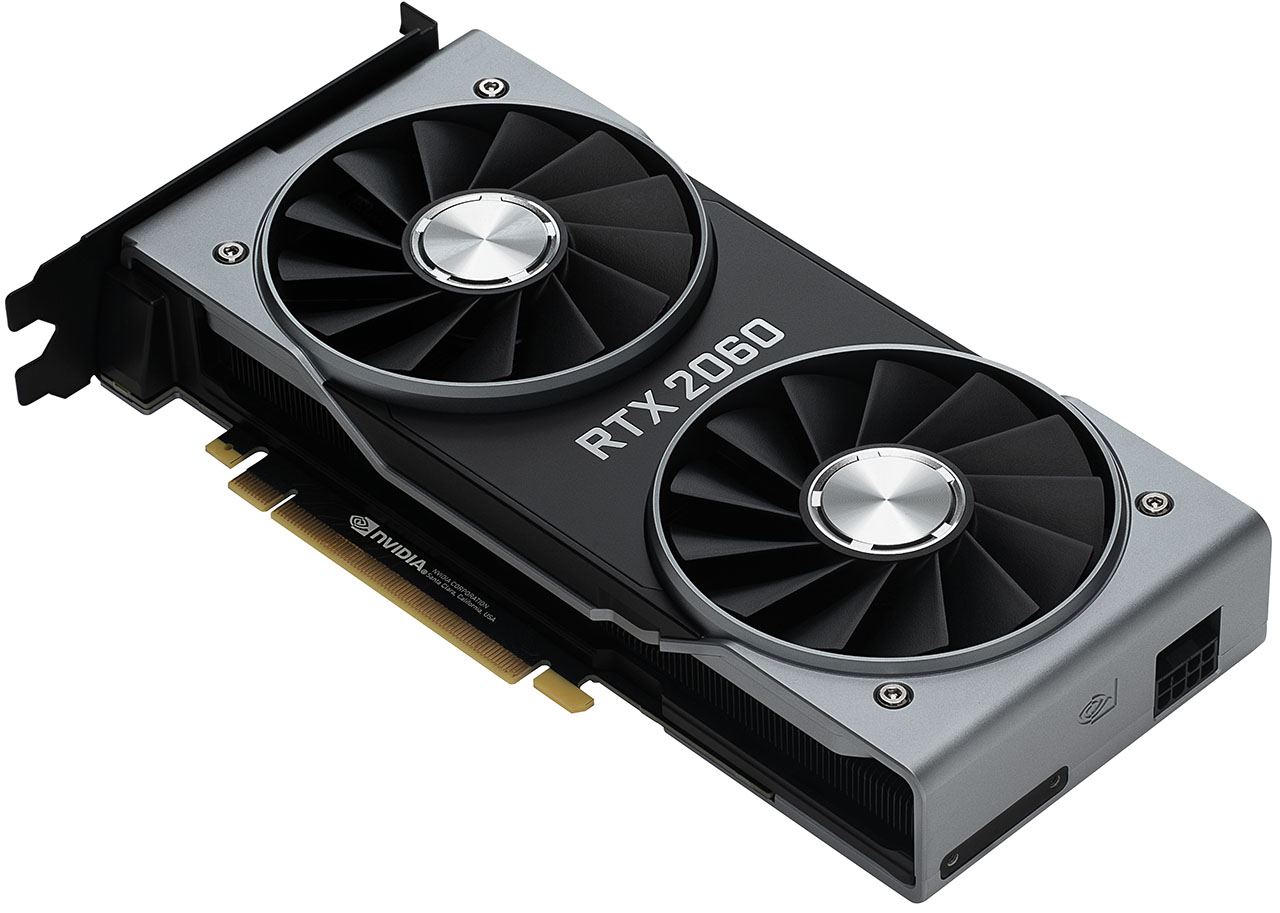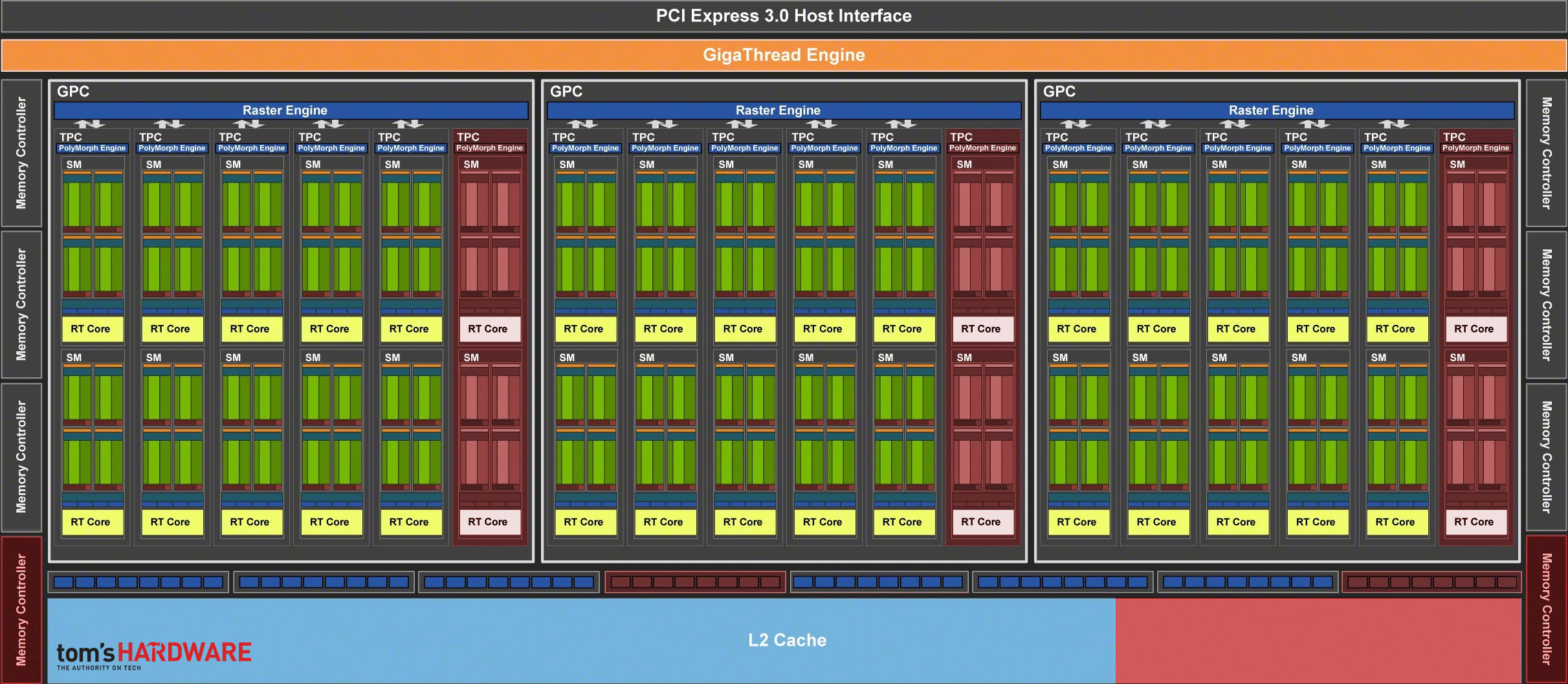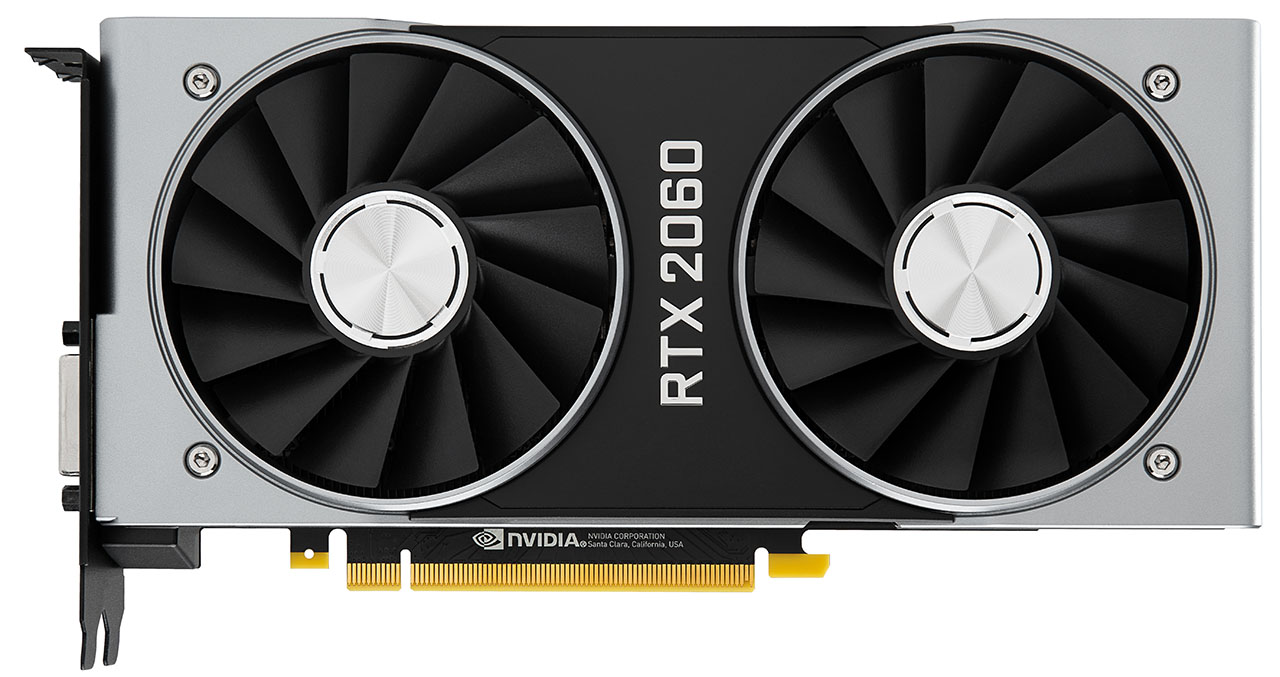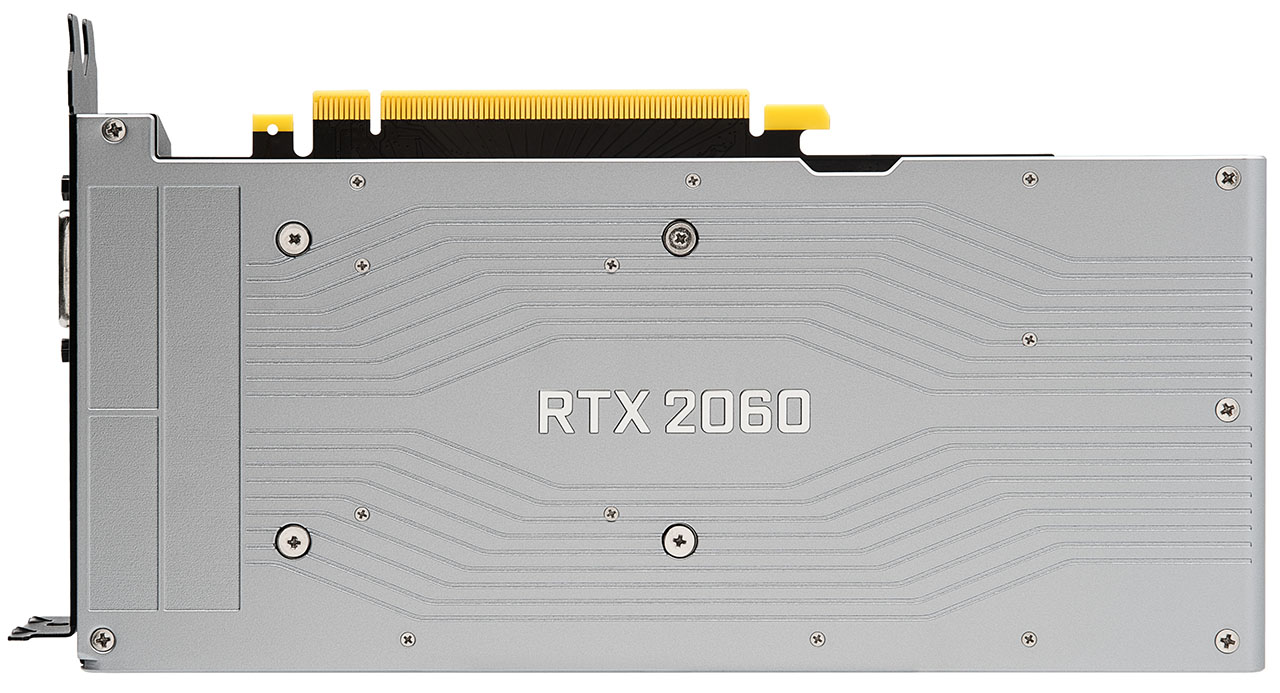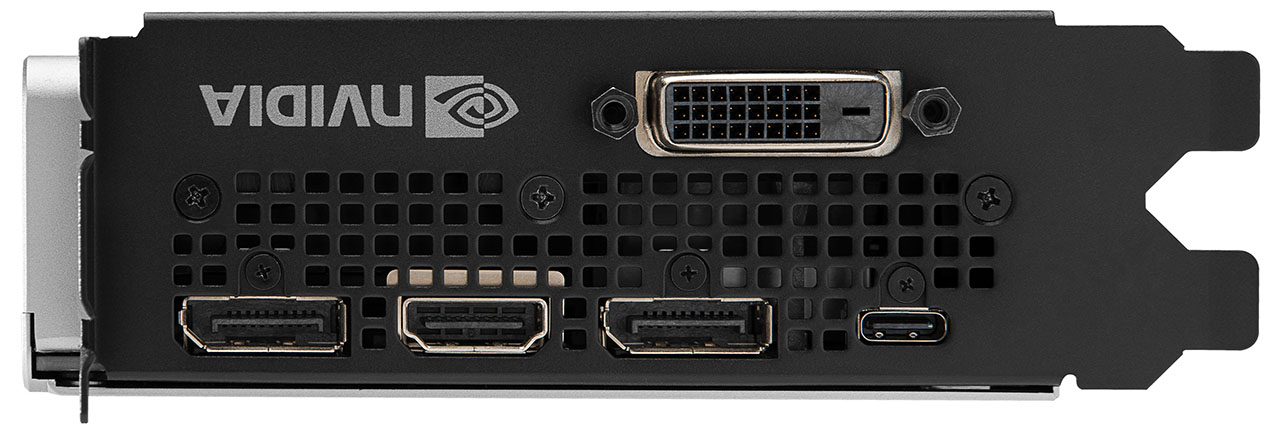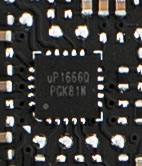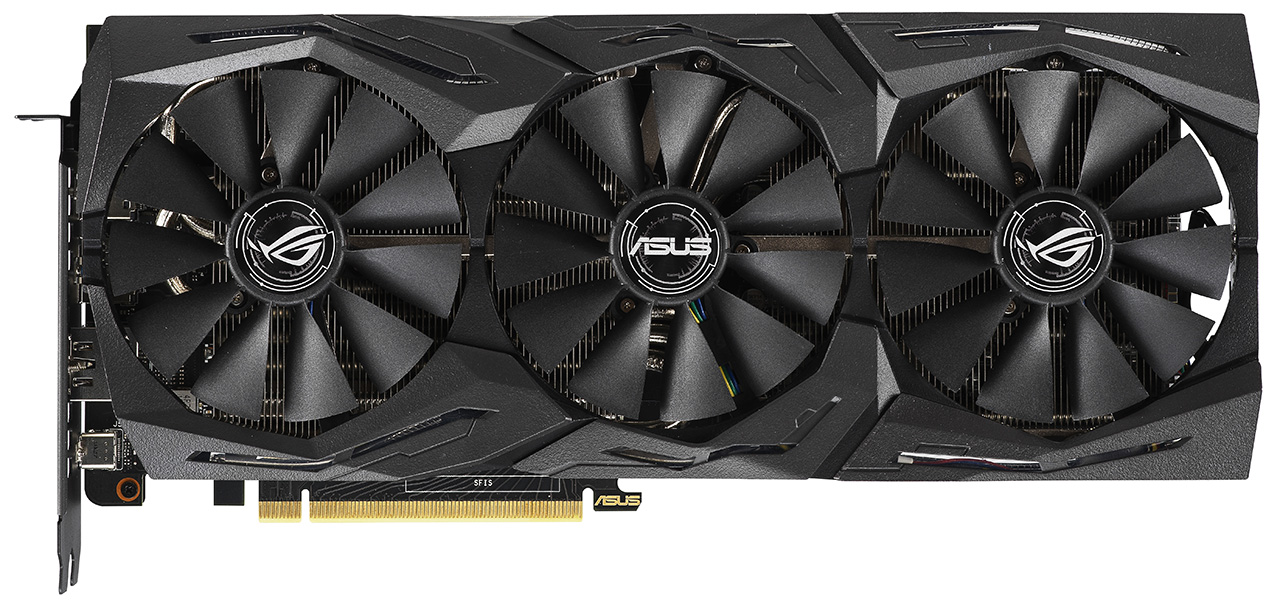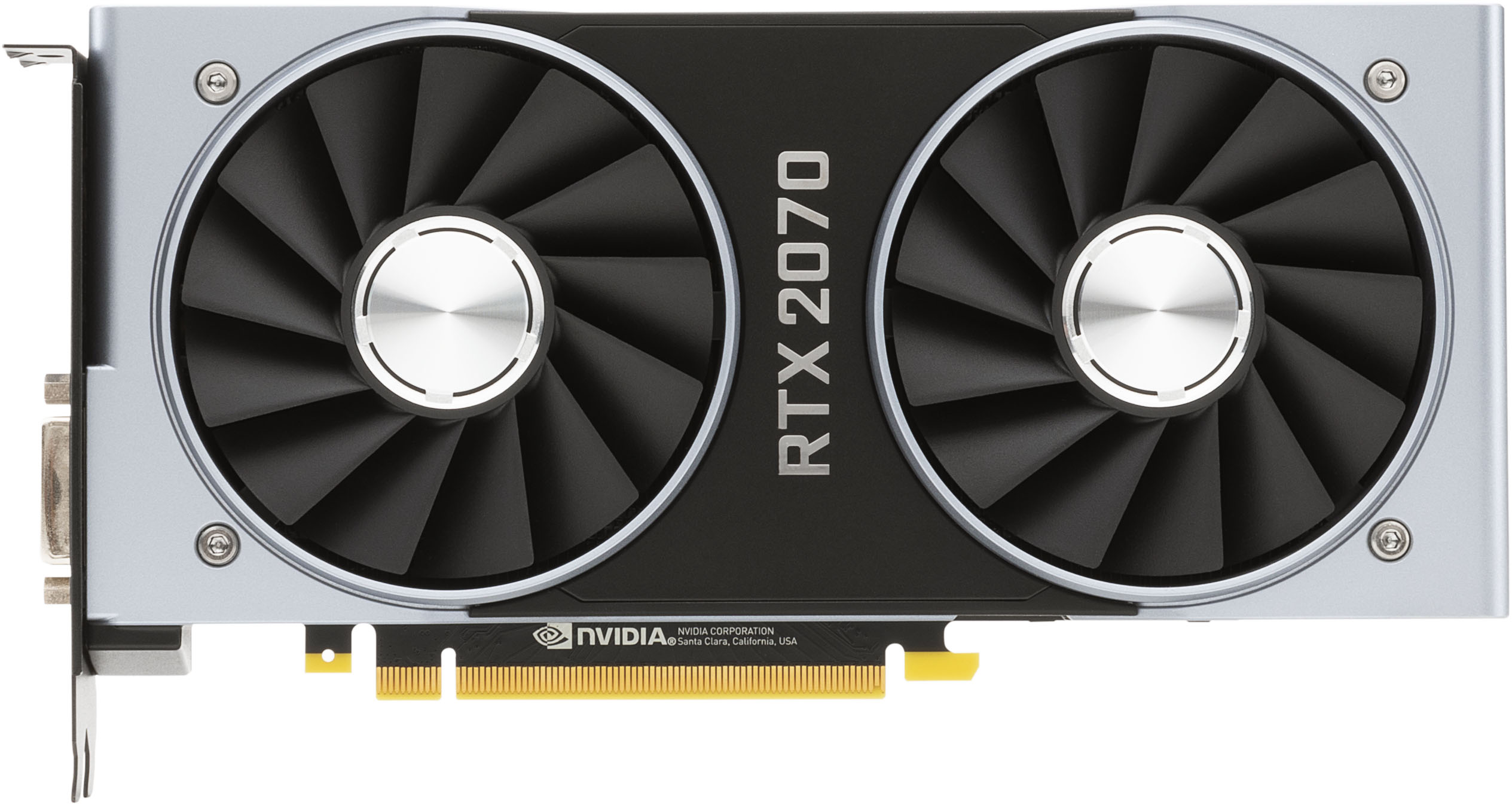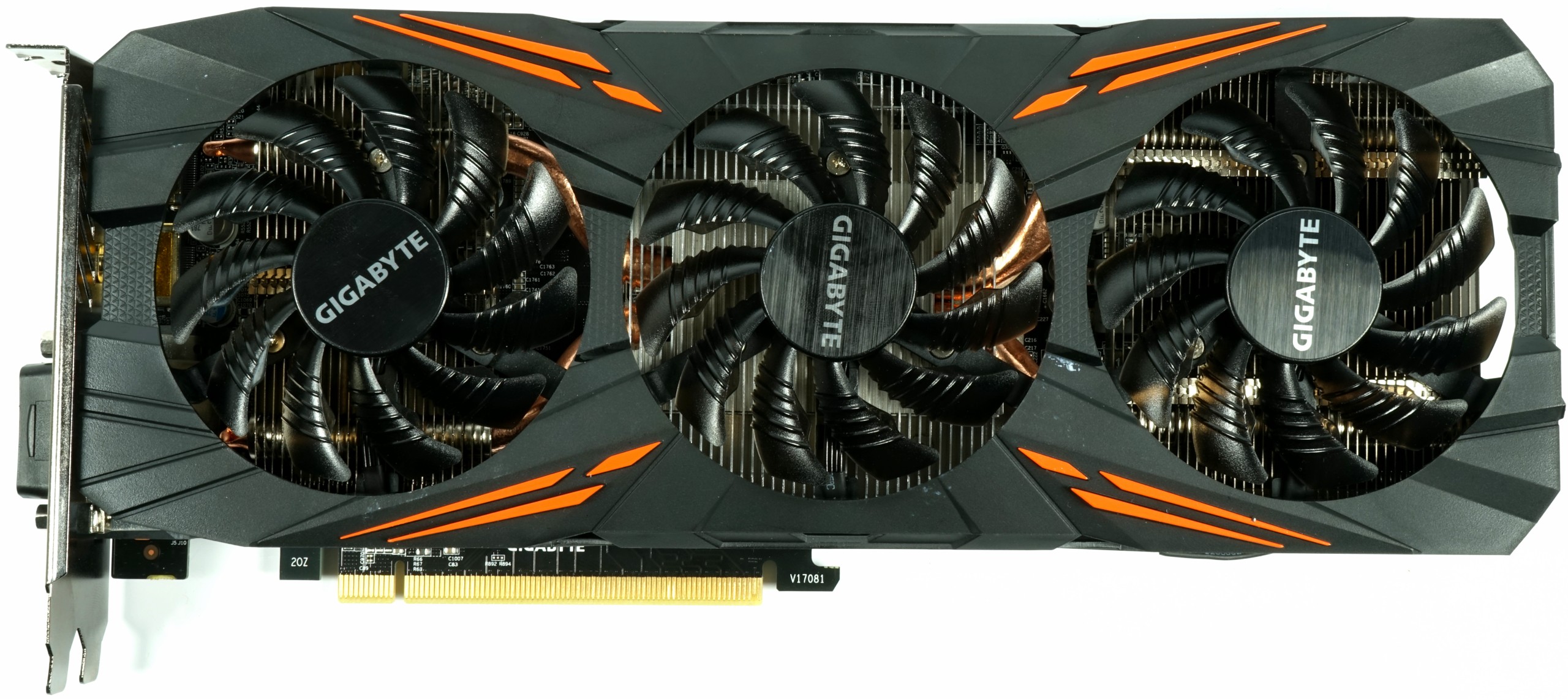Tom's Hardware Verdict
GeForce RTX 2060 Founders Edition finds itself surrounded by capable competitors in the GeForce GTX 1070, GTX 1070 Ti, Radeon RX Vega 56 and Vega 64. It largely outperforms them all and at a lower price point.
Pros
- +
Better performance than GeForce GTX 1070 Ti
- +
Fair price point
- +
Quiet
- +
High-quality cooler
- +
Playable performance in Battlefield V with DXR enabled
Cons
- -
Higher power consumption than previous-gen cards it replaces
- -
Axial fans exhaust waste heat into your case
Why you can trust Tom's Hardware
Nvidia GeForce RTX 2060 Founders Edition Review
Controversy surrounding Nvidia’s Turing graphics architecture seems split into two camps. On one hand, critics are generally dissatisfied about the way GeForce RTX 20-series cards are priced compared to previous-gen boards. Or, they’re unhappy Nvidia committed so many resources to future-looking features that may not have a big visual impact or run smoothly, except on ultra-high-end models.
GeForce RTX 2060 sets forth to change minds on both fronts. At $350/£330, it lands below the GeForce GTX 1070’s launch price. And yet, the geometric mean of its average frame rates shows the GeForce RTX 2060 to be faster than GeForce GTX 1070 Ti! What’s more, recent updates to Battlefield V make Nvidia’s hybrid rasterization/real-time ray tracing approach playable on lower-end hardware. We averaged 68 frames per second (FPS) on the 2060 through our benchmark at 1920x1080 with graphics options, including DXR Reflection Quality, set to Ultra.
Meet TU106, Again: Impressive, Even After a Haircut
We were first introduced to the Turing-based TU106 processor when Nvidia launched its GeForce RTX 2070. The Founders Edition board was a bit faster than GeForce GTX 1080, but seemed overpriced at $600.
The version of TU106 used on RTX 2060 boasts 83 percent of the 2070’s CUDA cores, Tensor cores, and RT cores; 75 percent of its ROPs, memory bus, GDDR6, and L2 cache; and operates at 98 percent of its GPU Boost clock rate. Yet, at $350/£330, 2060 sells for roughly 60 perce of the RTX 2070 Founders Edition’s price. By the numbers, this card’s value story is bound to be a lot better.
Architecturally, TU106 is very similar to GeForce RTX 2080’s TU104 and GeForce RTX 2080 Ti’s TU102 processors. Nvidia simply builds the chip using fewer of the modular blocks than what go into its higher-end graphics cards. TU106 is composed of three Graphics Processing Clusters, each with six Texture Processing Clusters. Across the Turing family, TPCs include two Streaming Multiprocessors, adding up to 36 SMs in an untrimmed TU106. Nvidia disables six SMs for RTX 2060, so the card ends up with 1920 CUDA cores, 240 Tensor cores, 30 RT cores and 120 texture units. Those Tensor and RT cores are this generation’s signature features. So, if you missed our deep-dive into their purpose, be sure to check out Nvidia’s Turing Architecture Explored: Inside the GeForce RTX 2080.
| Header Cell - Column 0 | GeForce RTX 2060 FE | GeForce RTX 2070 FE | GeForce GTX 1060 FE | GeForce GTX 1070 FE |
|---|---|---|---|---|
| Architecture (GPU) | Turing (TU106) | Turing (TU106) | Pascal (GP106) | Pascal (GP104) |
| CUDA Cores | 1920 | 2304 | 1280 | 1920 |
| Peak FP32 Compute | 6.45 TLFOPS | 7.9 TFLOPS | 4.4 TFLOPS | 6.5 TFLOPS |
| Tensor Cores | 240 | 288 | N/A | N/A |
| RT Cores | 30 | 36 | N/A | N/A |
| Texture Units | 120 | 144 | 80 | 120 |
| Base Clock Rate | 1365 MHz | 1410 MHz | 1506 MHz | 1506 MHz |
| GPU Boost Rate | 1680 MHz | 1710 MHz | 1708 MHz | 1683 MHz |
| Memory Capacity | 6GB GDDR6 | 8GB GDDR6 | 6GB GDDR5 | 8GB GDDR5 |
| Memory Bus | 192-bit | 256-bit | 192-bit | 256-bit |
| Memory Bandwidth | 336 GB/s | 448 GB/s | 192 GB/s | 256 GB/s |
| ROPs | 48 | 64 | 48 | 64 |
| L2 Cache | 3MB | 4MB | 1.5MB | 2MB |
| TDP | 160W | 185W | 120W | 150W |
| Transistor Count | 10.8 billion | 10.8 billion | 4.4 billion | 7.2 billion |
| Die Size | 445 mm² | 445 mm² | 200 mm² | 314 mm² |
| SLI Support | No | No | No | Yes (MIO) |
Nvidia’s base clock rate for 2060 is 1,365 MHz (compared to 2070’s 1,410 MHz). Further, its GPU Boost rating is 1,680 MHz (versus 1,710 MHz). The Founders Edition card employs a 160W TDP, down 25W from the 2070, but up compared to 1060 (120W) and even 1070 (150W).
Uncut, TU106 maintains the same 256-bit memory bus as TU104. But 2060 loses two of the GPU’s 32-bit memory controllers, resulting in an aggregate 192-bit bus populated with 6GB of 14 Gb/s GDDR6 modules capable of moving up to 336 GB/s. Still, despite the pared-back configuration, 2060 serves up more memory bandwidth to its processor than last generation’s 1070 Ti.
Get Tom's Hardware's best news and in-depth reviews, straight to your inbox.
In disabling those memory controllers, Nvidia also turns off a pair of TU106’s ROP partitions and two 512KB slices of its L2 cache. What starts as a GPU with 64 ROPs and 4MB of L2 is consequently trimmed to 48 ROPs and 3MB of cache for 2060. Like 2070, NVLink support is long gone at this price point.
Although TU106 is the least-complex Turing-based GPU thus far, its 445 mm² die contains no fewer than 10.8 billion transistors. That’s still enormous for what Nvidia might have once considered the middle of its portfolio. In comparison, GP106—“mid-range Pascal”—was a 200 mm² chip with 4.4 billion transistors inside.
Based on early benchmark results in Battlefield V with DXR enabled, it appeared as though real-time ray tracing wouldn’t be feasible on models below 2070. However, a combination of heavy optimization from EA DICE and relatively light cuts to TU106 mean 2060 maintains playable performance in the one game currently making use of Turing’s most touted advancement.
Meet GeForce RTX 2060 Founders Edition: The Little Engine That Could (Ray Trace)
From the outside, 2060 Founders Edition looks exactly like Nvidia’s own version of the 2070. It’s just as tall (11.5cm), wide (3.9cm) and long (23cm). Compact dimensions and a less massive cooler than the larger 2080 and 2080 Ti implementations also cut down on heft. 2060 Founders Edition weighs 968g, putting it within 2g of Nvidia’s 2070.
Up front, Nvidia utilizes the same pair of 8.5cm, 13-blade axial fans, which blow through a vertically oriented fin stack underneath. While we still miss the centrifugal fan and acrylic window of Nvidia’s previous reference cards, there’s no doubt that 2060 Founders Edition is built sturdily and with high-quality materials.
Flipped over, a plate covers the back of the PCB and wraps around, touching the front shroud at both ends to create clean, unbroken lines. The backplate makes direct contact with several board components with thermal pads in between to facilitate better heat transfer.
The top of this card is far less interesting than 2080 Founders Edition or 2080 Ti Founders Edition. Because 2060 does not support SLI over NVLink, there is no interface up there. Further, auxiliary power input moves to the back, presenting a cleaner aesthetic in windowed cases.
A single eight-pin power connector on the back should pose no fitment issues. Because 2060 Founders Edition is on the short side, a cable coming out of its back won’t bump up against low-hanging hard drive cages. And it sure looks better than a connector jutting forward.
Gamers buying the highest-end graphics cards are more likely to own monitors with modern display inputs. At least, that’s what we get from Nvidia’s decision to arm RTX 2080 and 2080 Ti with three DisplayPort connectors and one HDMI output, while 2060 Founders Edition sports two DisplayPort 1.4 interfaces, HDMI 2.0b and the rare DVI-DL port. It still supports VirtualLink over the card’s single USB Type-C connector, and, like the other RTX 20-series cards, you can use all four display outputs simultaneously for multi-monitor arrays.
With its fan shroud disconnected, RTX 2060’s heat sink stretches from one end of the card, past the 19cm-long PCB and to the stabilizing frame’s other side. The cable for both fans and lighting runs through that channel in the middle, where the circuit board is visible, to a connector underneath. Whereas RTX 2080 and 2080 Ti share a common thermal solution, 2060 Founders Edition employs a copper sink topped by pipes that dissipate heat through all of those fins.
That frame is held tight to the PCB by hex-head screws. Once you get them off, the frame can be carefully lifted up and away. Just be careful to not damage the thermal pads.
2060’s power requirements aren’t as exacting as 2080’s or 2080 Ti’s, so the smaller PCB is understandably less complicated. In fact, the 2060 Founders Edition is based on the same board as Nvidia’s 2070, minus a few surface-mounted components to account for two-fewer memory ICs and a lower thermal ceiling.
Given the 2060’s higher priced platform and mainstream performance level, we expect the Founders Edition card to be a stopgap until add-in board partners ramp up 2060 production of their own. If you remember back to 2016, Nvidia did something similar with its 1060 Founders Edition, which turned out to be a very limited product.
Like 2070 Founders Edition, the reference 2060 employs six power phases for TU106 and two for the GDDR6. While uPI’s uP9512 can technically control eight phases, it’s easily adapted to 2060’s less sophisticated power supply. A simpler uP1666Q two-phase buck controller is ample for the memory.
Gone are the ON Semiconductor FDMF3170 Smart Power Stage modules with integrated PowerTrench MOSFETs and driver ICs, found on 2080 and 2080 Ti. Even the cheaper NCP302155s utilized by 2070 (and capable of currents up to 55A) are gone, replaced by lower-end ON Semiconductor NCP302150s with high- and low-side MOSFETs, plus a driver, rated for 45A each. Current to the GPU is smoothed by the usual 220mH coils, while the memory similarly employs 470mH inductors.
Getting the power connector rotated 90 degrees and extended out the back of this card’s frame required an extension of sorts. Again, that’s identical to the 2070 Founders Edition we reviewed late last year. Rather than an eight-pin connector delivering ~11.1A through those three red +12V lines, though, we measured ~8.4A thanks to the 2060’s reduced power consumption.
How We Tested GeForce RTX 2060
2060 is a more mainstream graphics card than the other Turing-based boards we’ve reviewed. As such, our graphics workstation, based on an MSI Z170 Gaming M7 motherboard and Intel Core i7-7700K CPU at 4.2 GHz, is apropos. The processor is complemented by G.Skill’s F4-3000C15Q-16GRR memory kit. Crucial’s MX200 SSD is here, joined by a 1.4TB Intel DC P3700 loaded down with games.
As far as competition goes, the 2060 goes up against GeForce GTX 1070 and 1070 Ti. Of course, comparisons to GeForce GTX 1060 are inevitable as well. All of those cards are included in our line-up, as is GeForce RTX 2070. On the AMD side, we’re mostly interested in Radeon RX Vega 64 and Radeon RX Vega 56, although the more recent Radeon RX 590 seemed like an interesting comparison, too.
Our benchmark selection includes Ashes of the Singularity: Escalation, Battlefield V, Destiny 2, Far Cry 5, Forza Motorsport 7, Grand Theft Auto V, Metro: Last Light Redux, Shadow of the Tomb Raider, Tom Clancy’s The Division, Tom Clancy’s Ghost Recon Wildlands, The Witcher 3 and Wolfenstein II: The New Colossus.
The testing methodology we're using comes from PresentMon: Performance In DirectX, OpenGL, And Vulkan. In short, these games are evaluated using a combination of OCAT and our own in-house GUI for PresentMon, with logging via GPU-Z.
All of the numbers you see in today’s piece are fresh, using updated drivers. For Nvidia, we’re using build 417.54 for every card. AMD’s cards utilize Crimson Adrenalin 2019 Edition 18.12.3, which was the latest at test time.
MORE: Best Graphics Cards
MORE: Desktop GPU Performance Hierarchy Table
MORE: All Graphics Content
Current page: Nvidia GeForce RTX 2060 Founders Edition Review
Next Page Results: Ashes of the Singularity and Battlefield V